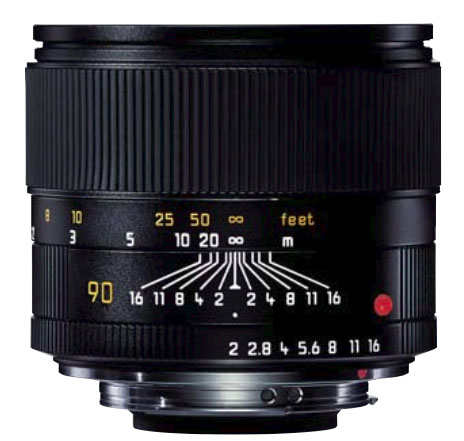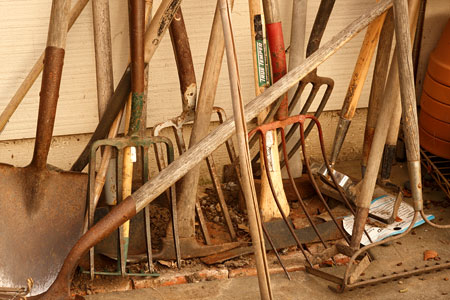Follow-up on Leica 90/2 APO Summicron-R ASPH
This is a follow-up to my previous comments on Leica’s service turnaround time for my 90/2 APO Summicron-R ASPH. See also my review Canon EOS Meets Leica — 1D Mark III mated to APO-Summicron-R 90/2 ASPH. One of the big pluses for Canon EOS users is that most Nikon, Leica and Olympus lenses can be used with an adapter. Nikon users are out of luck.

Leica 90/2 APO Summicron-R ASPH
I sent the 90/2 APO ASPH into Leica in late April and it arrived back at my door on June 10, for a turnaround time of under 6 weeks, quite reasonable given that it had to go back to Germany. According to Leica, APO lenses are serviced by inserting them back into the assembly line; their APO design requires such high precision that the formal assembly process with its specialized equipment is required to guarantee performance to specification.
What was the result? Outstanding—I sent in the 90/2 with quite visible internal dust, and it came back looking pristine, like a brand-new mint condition lens. I am thrilled with this level of service, something I’ve never experienced with Nikon or Canon. At a cost of about $320 (including shipping), I feel that the value delivered was excellent. A new copy of the 90/2 is US$3600, so the cost to make it like new was less than 10% of a new copy (I bought mine used).
A lens is a brush for light: how lenses “draw” matters a lot to me. The 90/2 offers unique properties, avoiding the color oddities associated with non-APO lenses; these properties are particularly interesting with dusk/night photography or any kind of out-of-focus highlight. So even though it is fairly redundant with my Zeiss ZF 85/1.4 Planar and 100/2 Makro-Planar, its properties are distinct enough to make it worthwhile as a long-term strategic investment, provided that time is spent learning how to exploit its properties. Cameras depreciate continually, but lenses generally hold their value over time after some initial depreciation, with certain classics even appreciating in value. Think ahead to the era of the 36 megapixel DSLR, and plan accordingly for the lenses you will want.

Tools of the trade
Canon EOS 1Ds Mark III + Leica 90/2 APO ASPH @ f/8
(unusual color due to sunlight through smoke/haze)

First bloom
Canon EOS 1Ds Mark III + Leica 90/2 APO ASPH @ ~f/8

Sun seeker (colors altered)
Canon EOS 1Ds Mark III + Leica 90/2 APO ASPH @ ~f/5.6
Now I ponder whether to let S.K. Grimes have a go at the 90/2 to irrevocably convert to Nikon F mount (about $450). The benefit of converting to Nikon mount is that it can be used on both Canon and Nikon; it’s less versatile being restricted to Canon. On the flip side, I can already use it without modification on Canon EOS with an adapter for both the 1DsM3 and my 5D-IR. Part of it is the unknown risk factor: can even the best conversion avoid any misalignment issues? And would Leica service such a modified lens? S.K. Grimes has a good reputation, so perhaps the risk is low, but such concerns come to mind with any expensive lens.























